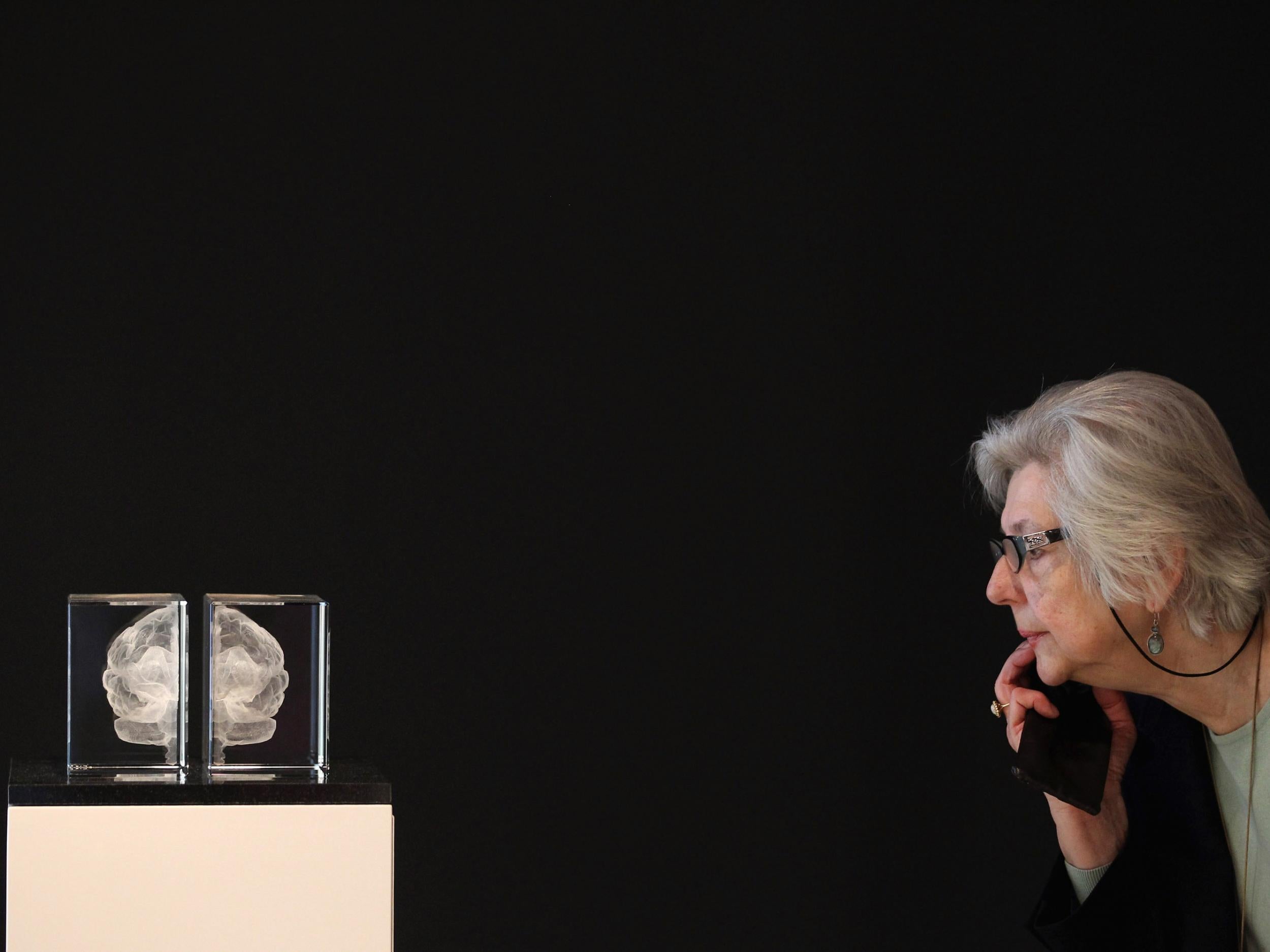Is oestrogen making women's brains bigger?
The hippocampus plays a crucial role in our memories and mood

Your support helps us to tell the story
From reproductive rights to climate change to Big Tech, The Independent is on the ground when the story is developing. Whether it's investigating the financials of Elon Musk's pro-Trump PAC or producing our latest documentary, 'The A Word', which shines a light on the American women fighting for reproductive rights, we know how important it is to parse out the facts from the messaging.
At such a critical moment in US history, we need reporters on the ground. Your donation allows us to keep sending journalists to speak to both sides of the story.
The Independent is trusted by Americans across the entire political spectrum. And unlike many other quality news outlets, we choose not to lock Americans out of our reporting and analysis with paywalls. We believe quality journalism should be available to everyone, paid for by those who can afford it.
Your support makes all the difference.Part of the brain may routinely vary in size over the course of a woman's menstrual cycle, a new study has found.
The hippocampus grows slightly each month as oestrogen levels rise, and shrinks as production of the hormone decreases, according to researchers at the Max Planck Institute for Human Cognitive and Brain Sciences in Leipzig.
It has previously been established that the hippocampus, which is thought to be responsible for memory and mood, can gradually change size over time in response to environmental factors; for instance, several studies have shown London taxi drivers grow abnormally big hippocampi as they memorise a vast number of the large city's destinations, streets, and landmarks. However this is the first study suggesting that in women it may fluctuate to a regular cycle each month, in response to changing hormone levels.
“We found that in parallel to the rising oestrogen levels leading up to ovulation, the hippocampus also increases in volume—the volume of the grey matter as well as that of the white matter”, explained researcher Claudia Barth.
The surprising new discovery was made by researchers in the very early stages of investigating Premenstrual Dysphoric Disorder (PMDD), a condition which affects an estimated one in twelve women and can cause an array of symptoms, including extreme mood swings, depression, and fatigue. Like premenstrual syndrome (PMS), PMDD affects sufferers every month in the luteal phase of their menstrual cycle, after ovulation and before the start of their period.
Lead researcher Dr Julia Sacher said she hoped further research could lead to the development of ways to identify which women are vulnerable to PMDD – and potentially other mental illnesses – and why, and to determine what kind of intervention would be most beneficial for them.
“By looking at neuroplasticity, the ability of the brain to adapt, maybe there are windows of opportunity we can harness for women who are vulnerable [to mental health problems] at particular times in their lives linked to hormones,” she said.
At this stage, Dr Sacher emphasised the way in which changes in brain structure affect behaviour and specific cognitive abilities is impossible to speculate.
Ms Barth said in studies with mice, behaviour changes did appear to follow a regular cycle linked to menstruation.
“The hippocampus plays a crucial role in our memories, our mood, and our emotions. In mice it has already been proven that it is not just this brain structure but also different behaviours which underlie a type of monthly cycle,“ Ms Barth said.
But Dr Sacher was keen to emphasise that humans might be completely different.
In fact, she said, rather than a larger hippocampus meaning women had better memories, improved cognitive function, and better regulated moods at certain times of the month, it could be the case that in healthy women the hippocampus was changing size to compensate for fluctuating hormones and to keep behaviour consistent, she said.
She added in this study they did not look at behaviour at all, and the results came from just one woman. The participant, who was classified as healthy, had 30 brain scans over four menstrual cycles.
“It’s important to understand what the brain can do in health so we understand what happens in dementia and depression,” she said. “[But] we need to do it in a bigger study if we want to suggest this is typical.”
The next stage of the research, Dr Sacher said, would follow the same protocol but with a larger group of women, and it would ideally include other imaging techniques which allowed researchers to look at specific subsections of the hippocampus more closely.
“If we find the same results in a bigger group of women then we would like to look at women who do suffer PMDD, then we could talk about the link to behaviour” she said. “Of course, that would still be correlation and not causation, but we could at least say, for instance, in women with PMDD we see less flexibility or more flexibility.”
Ms Barth said results from a larger study could be useful in helping treat women with PMDD.
“If it appears, for instance, that women in certain phases of their cycle are particularly receptive, these women could undergo therapy [at those times],” she said.
Join our commenting forum
Join thought-provoking conversations, follow other Independent readers and see their replies
0Comments